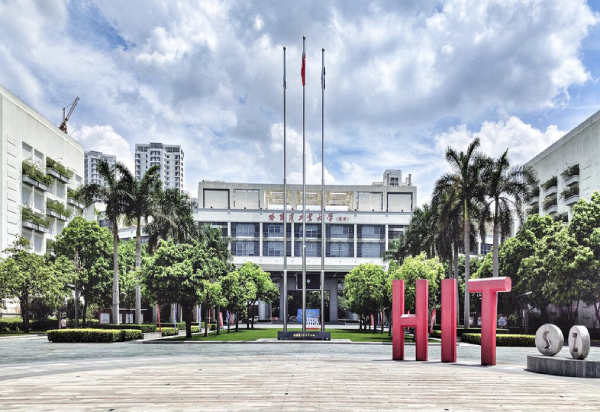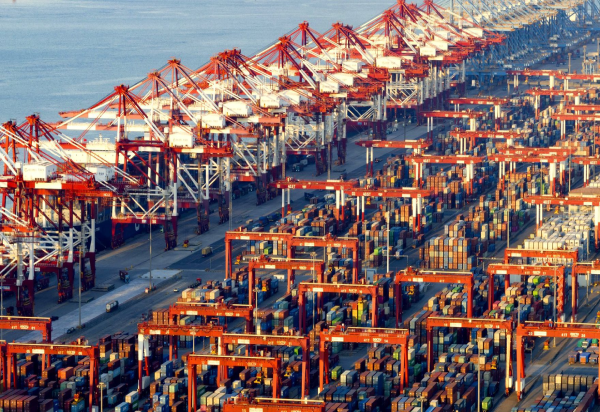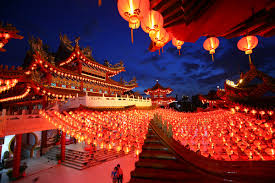Introduction
China is one of the oldest civilizations on Earth, rich in cultural heritage, breathtaking nature, and historical landmarks that attract millions of tourists annually. The country offers a unique blend of ancient history and modern technological advancement, where imperial legends meet futuristic innovation. This extraordinary combination makes China a one-of-a-kind travel destination like no other.
Key Pillars of Tourism in China
Geographic and Climatic Diversity
China spans a vast area of approximately 9.6 million square kilometers, making it the third-largest country in the world. This immense geographical scope results in a remarkable climatic variety. Tourists can enjoy desert landscapes in the northwest, tropical rainforests in the south, and snow-capped mountains in Tibet.
Rich Cultural Heritage
China is the birthplace of many ancient philosophies and art forms such as Confucianism, Taoism, martial arts like Wushu and Kung Fu, as well as traditional Chinese calligraphy and music. This cultural richness is reflected in temples, palaces, and folk celebrations, offering visitors a unique insight into Chinese civilization.
Modern Infrastructure
China has experienced significant development in its tourism infrastructure in recent decades. The country boasts luxury hotels, advanced transportation systems including the fastest trains in the world, and international airports that facilitate easy travel between cities and tourist attractions.
Top Tourist Destinations in China
Beijing – Capital of Empires
Beijing, the current capital, is home to some of China’s most iconic historical sites:
The Forbidden City: A massive imperial palace from the Ming Dynasty with over 980 historic buildings.
The Great Wall of China: One of the ancient Seven Wonders, stretching over 21,000 km, accessible from various points like Badaling and Mutianyu.
Temple of Heaven: An architectural masterpiece symbolizing harmony between earth and heaven, once used for imperial ceremonies.
Shanghai – City of the Future
Shanghai combines futuristic skyscrapers with colonial-era French quarters:
Oriental Pearl Tower: Offers panoramic views of the city.
The Bund: A scenic waterfront with European-style architecture along the Huangpu River.
Shanghai Disneyland: A popular family entertainment destination.
Xi’an – Gateway to the Silk Road
Xi’an is one of China’s oldest cities and served as the capital for over 13 dynasties:
Terracotta Army: Thousands of life-sized clay soldiers and horses discovered in the tomb of Emperor Qin Shi Huang.
Xi’an City Wall: One of the largest and best-preserved ancient city walls in the world.
Guilin and Yangshuo – Nature’s Paradise
Guilin is famed for its karst mountains and the Li River, ideal for nature lovers and photographers. River cruises from Guilin to Yangshuo showcase stunning landscapes and traditional Chinese countryside.
Tibet – Roof of the World
Located over 4,000 meters above sea level, Tibet is a spiritual center for Tibetan Buddhism:
Potala Palace: Former residence of the Dalai Lama and a UNESCO World Heritage Site.
Jokhang Temple: One of the holiest religious sites in Tibet.
Cultural and Religious Tourism
Chinese Festivals
Festivals are an integral part of Chinese tourism. Notable festivals include:
Chinese New Year: Celebrated at the beginning of the lunar year with fireworks, traditional dances like the dragon dance, and festive decorations.
Mid-Autumn Festival: Celebrated with mooncakes and moon-gazing.
Dragon Boat Festival: Features dragon boat races commemorating the poet Qu Yuan.
Temples and Religions
China is religiously diverse, featuring Buddhist, Taoist, and Islamic sites:
Shaolin Temple in Henan: Birthplace of Kung Fu.
Great Mosque of Xi’an: One of the oldest mosques in China.
Wellness and Spiritual Tourism
Traditional Chinese medicine is globally renowned, attracting visitors for:
Acupuncture treatments.
Herbal medicine therapies.
Relaxation and meditation in wellness centers in places like Dali and Lijiang.
Chinese Cuisine: A Culinary Journey
Each region in China has its own culinary style. Popular dishes include:
Peking Duck.
Dumplings (Jiaozi).
Hot Pot, especially in Sichuan.
Hand-pulled noodles in Xi’an and Lanzhou.
Food in China is a cultural experience that reflects regional diversity and unique flavors.
Challenges and Opportunities in Chinese Tourism
Challenges:
Language barriers: English is common in big cities but rare in rural areas.
Visa requirements: Most nationalities need a pre-arranged visa.
Overcrowding: Popular attractions can be extremely crowded during peak seasons.
Opportunities:
Rural tourism: Government initiatives promote village tourism.
E-tourism: Integration of AI and mobile apps for real-time services.
Sustainable tourism: Efforts to balance development with environmental preservation.
Travel Tips for China
Use translation apps like Google Translate or Pleco.
Employ mobile payment apps such as WeChat Pay and Alipay.
Check weather conditions, as climate varies widely.
Respect local customs, especially in religious areas.
Conclusion
Tourism in China offers an unforgettable experience, combining ancient heritage, natural wonders, and modern advancements. The country captivates visitors with its imperial past and technological present, all within a rich cultural and historical context. Visiting China is not just a trip; it is an exploration of an entire world within one nation’s borders.







